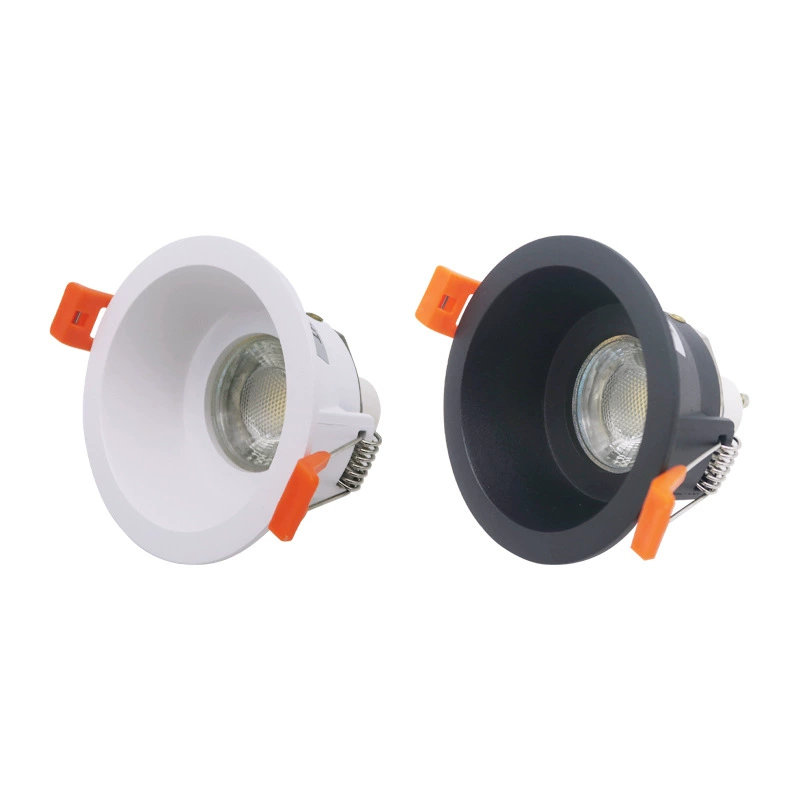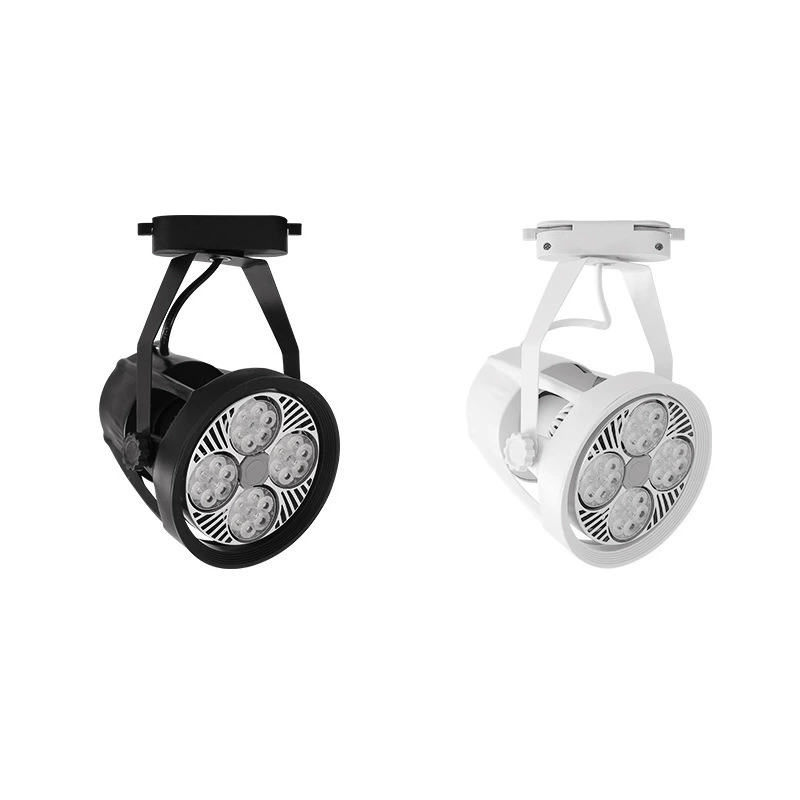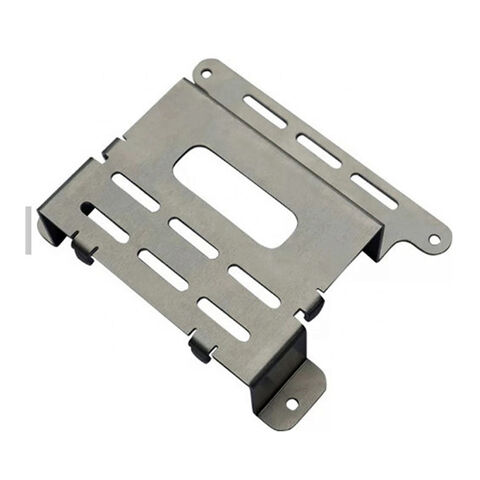In the competitive world of consumer electronics, precision and durability are paramount. Custom metal stamping parts have become essential components, providing the reliability and performance that manufacturers, engineers, and buyers demand.

Custom metal stamping parts shape metal sheets into specific forms using stamping presses and dies. This process allows for producing parts with precise dimensions and complex geometries, commonly used in consumer electronics for their durability and reliability.
Based on years of experience in customizing metal stamping parts, we will now delve into and comprehensively explore customized metal stamping parts in consumer electronic accessories to help you optimize your production process.
-
Table Of Contents
-
1. What Are Custom Metal Stamping Parts for Consumer Electronics Accessories?
-
2. Why Choose Custom Metal Stamping for Consumer Electronics?
-
3. How Is the Custom Metal Stamping Process Carried Out?
-
4. Metal Stamping Process
-
5. Advantages of Metal Stamping
-
6. Additional Considerations in Custom Metal Stamping
-
7. Summary

Why Choose Custom Metal Stamping for Consumer Electronics?
Custom metal stamping offers high accuracy, low production costs, and the ability to produce complex shapes, making it ideal for consumer electronics.
This process allows for intricate designs that are difficult or impossible to achieve with other methods, ensuring detailed specifications are met.
One of the significant advantages of custom metal stamping is the ability to work with various materials, including steel, aluminum, copper, and brass.
This flexibility allows manufacturers to choose the best material for their specific application, balancing factors like strength, conductivity, and cost.
For instance, aluminum is often used for its lightweight and corrosion-resistant properties. At the same time, copper is chosen for its excellent electrical conductivity.
How Is the Custom Metal Stamping Process Carried Out?
The custom metal stamping process can be broken down into the following steps:
Design and Prototyping: Engineers use computer-aided design (CAD) software to create detailed drawings and models. A prototype is produced to test and refine the design.
Die Manufacturing: Dies are made from hardened steel to withstand high pressures. They are carefully machined and tested to produce parts that meet specifications.
Material Selection: The appropriate metal sheet is selected based on the part’s requirements, considering material strength, thickness, and corrosion resistance.
Stamping Process: Metal sheets are fed into the stamping press, where the die shapes the metal into the desired form. This process may involve several stages, including blanking, bending, and forming.
Quality Control: Parts are inspected for quality and accuracy. Automated inspection systems, such as optical scanners and coordinate measuring machines (CMMs), are often used to verify dimensions and quality.
Finishing Operations: Depending on the application, additional finishing operations like cleaning, deburring, plating, and assembly may be performed.

Metal Stamping Process
Among the above steps, the stamping process is of great importance. In more detail, it includes:
Blanking: This initial step involves cutting the metal sheet into the desired shape using the die. Blanking ensures the metal piece is the correct size and shape for further processing.
Piercing: In this step, holes or other cutouts are made in the metal sheet. Piercing is often used to create openings for screws, bolts, or other fasteners that will be used in the final assembly of the part.
Forming: The forming process shapes the metal into the desired contours. This can include bending, drawing (stretching the metal into a three-dimensional shape), and coining (compressing the metal to create precise details).
Drawing: Drawing is a specific forming process where the metal is stretched into a desired shape without breaking. This is often used to create deep or complex shapes, such as the housings for electronic devices.
Bending: Bending involves using a die to create angular shapes in the metal sheet. This is often used to make brackets, clips, and other components that require specific angles and shapes.
Coining: Coining is a high-pressure forming process that creates fine details and precise shapes on the surface of the metal part. This is often used to create text, logos, or other intricate designs.
Embossing: Embossing is similar to coining, but it establishes raised or recessed features on the metal part. This often adds decorative elements or functional features, such as grips or text.
Trimming: After forming, any excess material is trimmed away to create the part’s final shape. Trimming ensures that the part meets the exact specifications and removes any burrs or sharp edges.
Advantages of Metal Stamping
Speed and Efficiency: Automated stamping presses can produce thousands of parts per hour, ideal for high-volume production runs. The repeatability of the process ensures consistent quality across all units.
Precision and Accuracy: Custom-designed dies allow for the creation of parts with tight tolerances and complex geometries, ensuring each part fits and functions correctly within the final product.
Cost-Effectiveness: The low per-unit cost of production offsets the initial investment in die design and manufacturing, making metal stamping a cost-effective solution for producing large quantities of parts.
Additional Considerations in Custom Metal Stamping
In addition to the abovementioned factors, several other considerations can impact the cost and feasibility of custom metal stamping projects. These include lead times, secondary operations, and material utilization.
Lead Times: Lead times vary based on part complexity, material availability, and provider capacity. Working with a provider that can meet your production timeline and deliver high-quality parts on schedule is essential.
Secondary Operations: Additional processes such as cleaning, deburring, plating, and assembly can add to the overall cost and lead time.
Material Utilization: Efficient use of metal sheets reduces waste and lowers overall project costs. Advanced software and techniques optimize material utilization and minimize scrap.

Summary
Custom metal stamping is a versatile and efficient manufacturing process crucial in producing consumer electronics accessories. Its ability to create complex shapes with high precision and low cost makes it an ideal solution for high-volume production runs.
By understanding the process and its benefits, manufacturers, engineers, and buyers can make informed decisions and optimize their production processes to meet the demands of the competitive electronics industry.









